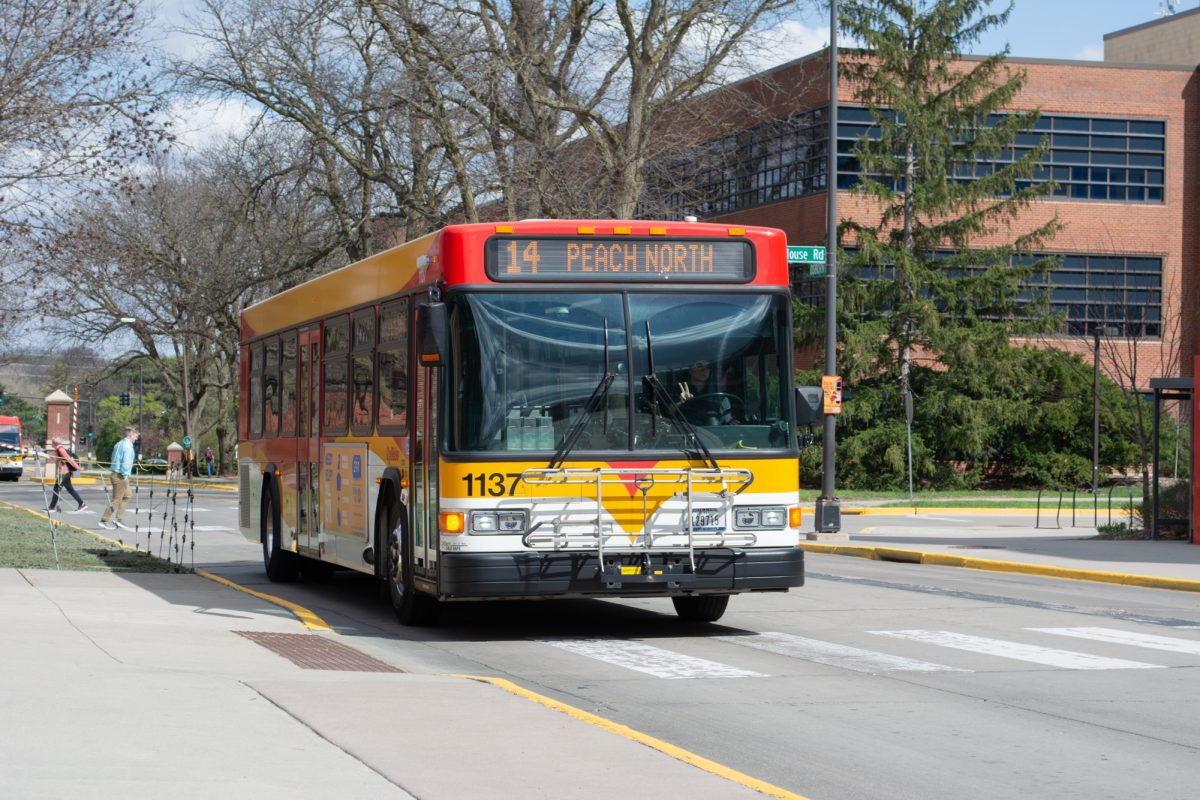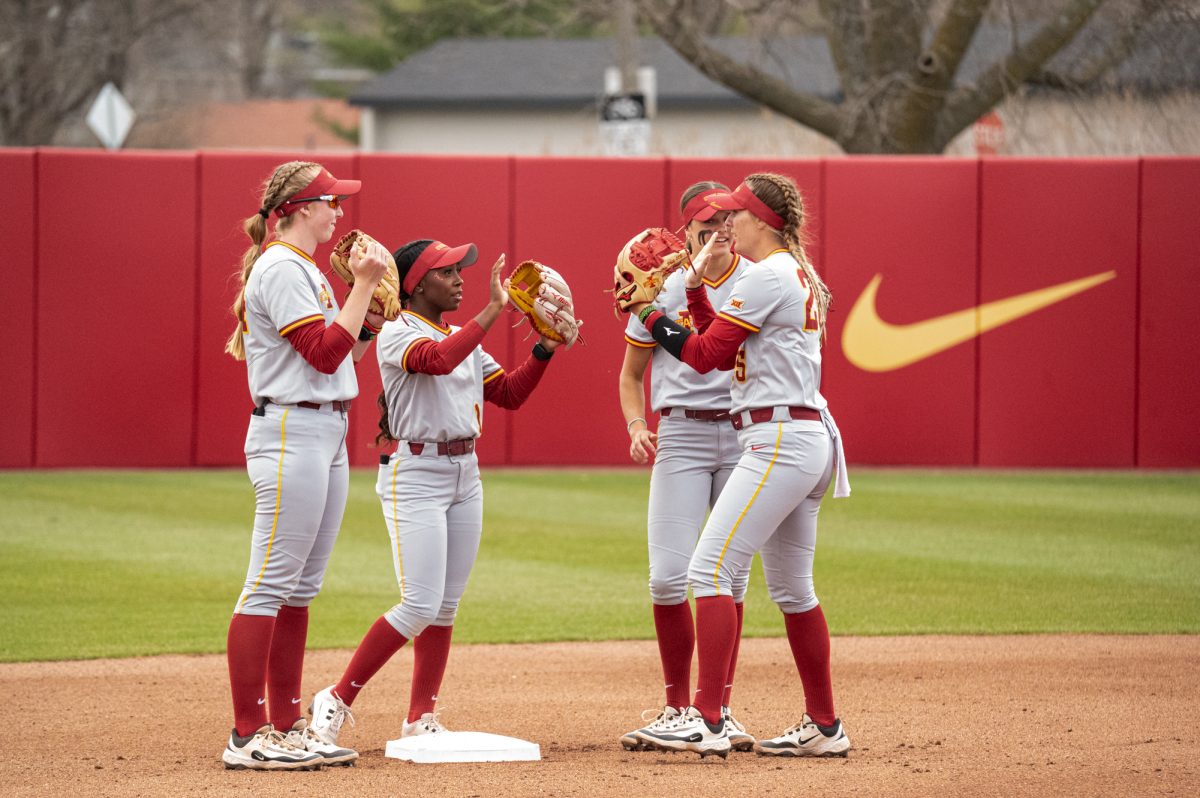Researchers focus on interdisciplinary projects
July 21, 2005
Purpose of and donors for sponsored funding at Iowa State in fiscal year 2005
Sponsored funding refers to funds given for a specific purpose, and government money for sponsored funding is separate from university appropriations.
Purposes of sponsored funding
Research — $179.8 million
Public service and extension — $30.1 million
Education — $24.8 million
Campus Buildings — $18.3 million
Student financial aid — $14 million
Department and administrative support — $13.5 million
Other — $4.4 million
Equipment — $1.9 million
Sources of sponsored funding
Federal — $181.8 million
Foundations and associations — $34.1 million
State, county and city — $30.3 million
Business — $28.5 million
Universities — $9.6 million
Other — $2.5 million
Individuals — $60,000
— Compiled Plant Sciences Institute documents
Although Iowa State received $287 million in grants and other external funding during the last fiscal year, ISU researchers said an increased focus on projects involving multiple disciplines could net them even more money.
The funding, of which $180 million was for research, represented a 5 percent increase in sponsored funding and a 10 percent increase in sponsored research funding.
James Bloedel, vice provost for research, said researchers have made an effort to enhance interdisciplinary research at Iowa State.
“There is a certain trendiness, so to speak, in research funding. Currently, there’s a huge focus on a broad-based interdisciplinary approach to scientific research problems,” he said.
Bloedel said research funding often follows trends.
“The sources available change from year to year, depending on what the hot topics are across the country,” Klocker said.
Bloedel said interdisciplinary research proposals, defined as projects with multiple investigators from different fields, often contain a “considerable” education component, and can be utilized in teaching college and K-12 students.
He said the competitiveness of research proposals made to federal agencies and other monetary support-giving groups is enhanced by an interdisciplinary focus.
“Various agencies are looking at interdisciplinary approaches right now,” Bloedel said. “I think that they appropriately view the likelihood of success much greater if the approach to a given problem utilizes many perspectives and methodologies rather than only a few.”
Sonja Klocker, assistant to the vice provost for research, said this is the seventh consecutive year Iowa State has seen an increase in sponsored funding. She said much of the research money is given to the agricultural and other biological fields. Various disciplines in the College of Liberal Arts and Sciences and the College of Engineering also receive significant funding, Klocker said. Many of the grants given are interdisciplinary and involve multiple colleges.
Bloedel said according to the most recent National Science Foundation research rankings for the year 2002, Iowa State is ranked 64th in terms of sponsored research funding.
Bloedel said that ranking does not include funding given to the Ames Laboratory on campus, which is operated by the U.S. Department of Agriculture, even though ISU faculty often work on collaborative research projects with the lab. Besides including funding from the Ames Lab, Iowa State’s ranking could be improved with an increased focus on interdisciplinary research or increased funding to the various research related centers and foundations around campus, Bloedel said.
“It’s very hard to tell this early in the fiscal year, we’re optimistic that we can continue to grow sponsored funding at Iowa State,” he said.






